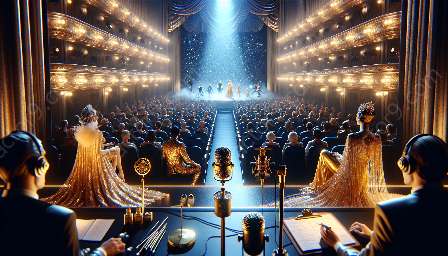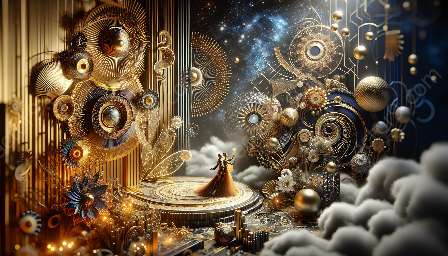Voice acting is a unique and challenging art form that requires talent, skill, and a deep understanding of both character development and technical aspects of recording. In the world of voice acting, actors must find the delicate balance between delivering expressive, emotive performances and adhering to the technical requirements of recording studios.
The Role of Voice Actors
Voice actors play a crucial role in bringing characters to life in various forms of media, including animation, video games, and dubbing for foreign films and television shows. Their ability to breathe life into a character through their voice is essential for creating a memorable and impactful experience for the audience. This involves not only vocal talent, but also a deep understanding of the character they are portraying.
Character Development in Voice Acting
Character development in voice acting is the process of creating a compelling and believable character using only the voice. Voice actors must immerse themselves in the world of the character, understanding their motivations, emotions, and personality in order to deliver an authentic and convincing performance. This requires a combination of creativity, empathy, and an understanding of the nuances of human behavior.
Expressive Performance vs. Technical Considerations
When recording in a studio, voice actors face the challenge of balancing expressive performance with technical considerations. They must deliver a performance that is emotionally engaging and true to the character, while also meeting the technical requirements of the recording process. This includes maintaining consistent vocal quality, controlling microphone technique, and adhering to specific timing and pacing for dialogue.
Challenges and Techniques
To overcome these challenges, voice actors often undergo extensive training to develop their vocal control, emotive range, and technical skills. They learn to adapt their performance to suit the requirements of different recording setups, such as matching lip movements in animation, delivering lines in sync with the gameplay in video games, or creating a believable vocal presence in dubbed material.
Furthermore, voice actors work closely with recording engineers and directors to ensure that their performance is captured effectively in the studio environment. They receive feedback and guidance on how to adjust their delivery to ensure it translates well onto the final recording.
The Art and Science of Voice Acting
Voice acting is a harmonious blend of art and science, where the expressive artistry of the performer is harmonized with the technical precision of the recording process. Whether it's conveying the raw emotions of a character or seamlessly integrating dialogue into a scene, voice actors must masterfully navigate both artistic and technical demands to create a cohesive and captivating performance.
In Conclusion
Voice actors walk a fine line between delivering emotionally-resonant performances and adhering to the technical requirements of the recording process. Their ability to balance expressive performance with technical considerations is essential for bringing characters to life and immersing audiences in captivating narratives. By understanding the intricacies of character development and honing their technical skills, voice actors continue to push the boundaries of voice acting and inspire audiences worldwide.




























